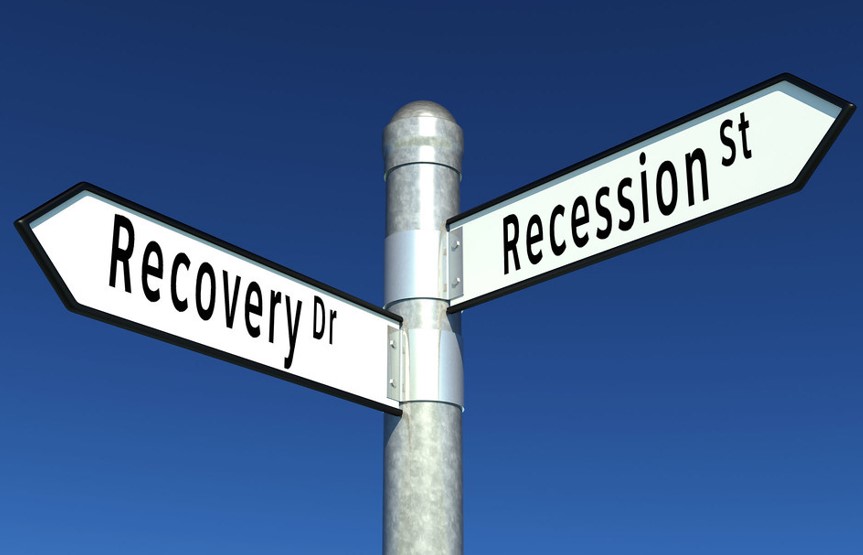
By Michael O’Neill
Fed Chair Jerome Powell told an audience at the Brookings Institution that inflation is too high. That’s nothing new and something he has said repeatedly over the past months. That statement certainly didn’t justify a 2.5% rally in the S&P 500 index after his speech was released, and it didn’t.
Markets reacted to the comment “The time for moderating the pace of rate increases may come as soon as the December meeting.”
The US dollar plunged against the major G-10 currencies and the US 10-year Treasury yield dropped to 3.696% from 3.798%.
The Fed is right to tap the rate hike brakes.
The November 30 JOLTS data showed the number of job openings declined, for the sixth time in the past ten months. The ADP employment change report said the US only added 127,000 jobs in November, compared to 239,000 in October. US Pending home sales fell 4.6% in October and the Chicago Purchasing Managers Index dropped to 36.2 from 45.2.
But, as sportswriter Dan Cook wrote in 1978, “the opera ain’t over until the fat lady sings.” She’s not even in the building.
Mr Powell warned that “the timing of that moderation is far less significant than the questions of how much further we will need to raise rates to control inflation, and the length of time it will be necessary to hold policy at a restrictive level. It is likely that restoring price stability will require holding policy at a restrictive level for some time. History cautions strongly against prematurely loosening policy. We will stay the course until the job is done.”
In layman’s terms it means “rates are going higher until they aren’t.”
So,75 bps rate hikes are back on the shelf, but that still leaves 50 bps rate hikes as the go-to bump which traditionally, was considered an aggressive increase.
The view for the US is far rosier than it is for other countries.
The Organization for Economic Cooperation and Development (OECD) has a pretty grim outlook for the global economy.
The latest OECD Economic Outlook was published November 22. Gloomy Gus has nothing on these guys. They wrote, “Growth has lost momentum, high inflation is proving persistent, confidence has weakened, and uncertainty is high. Russia’s war of aggression against Ukraine has pushed up prices substantially, especially for energy, adding to inflationary pressures at a time when the cost of living was already rising rapidly around the world. Risks are skewed to the downside.”
Global GDP growth is projected to slow to 2.2% in 2023, well below the rate foreseen prior to the Russia/Ukraine war.
Canada doesn’t seem to be in bad shape.

Source: Wikimedia commons
Forecasters were predicting the possibility of a mild Canadian recession before Mr Powell’s speech and his comments are unlikely to alter the outlook.
Economists at Desjardins Bank are assigned a 50/50 chance of a mild recession in the first half of 2023. They suggested the risk was to the downside if consumers slashed spending and triggered a surge in the unemployment rate.
RBC forecasters think there will be a moderate recession in 2023 beginning in Q1. They calculate that Bank of Canada rate hikes shaved of $3,000 of the average household purchasing power. Rising interest rates will cool spending and lift the unemployment rate to close to 7.0%.
BMO suggest the odds of a “moderate downturn” in 2023 are 50% but will ease if inflation pressures continue to slide.
CIBC economists are on the fence. They believe that Canada will have negative growth in Q1 2023 but finish the year with GDP at 0.6%
The Bank of Canada may have been slow off the mark in reacting to rising inflation, but they have made up for it by raising rates aggressively.
The BoC hiked rates 350 bps since March 2 and is expected to raise them another 50 bps at the December 7 monetary policy meeting.
The impact of the rate increases is starting to be reflected in key economic reports and the BoC may follow the Fed’s lead and slow its rate hikes as well
The Ivey PMI index has dropped from 74.2 in April to 50.1 in November. Inflation has dipped to 6.9% y/y from 8.1% y/y in July. Canada Q3 GDP rose 2.9% y/y which at first blush looks okay but declines in household spending and housing investment took a toll.
What does that mean for the Canadian dollar?
A key driver for USDCAD direction is the interest rate differential between CAD and US government bonds. The spread is -68.8 bps in favour of the US. On July 4, the spread was +33.6 in CAD’s favour and USDCAD traded at 1.2865.
The risk is if the Bank of Canada fails to match Fed rate hikes or begins lowering domestic rates ahead of the US. If that happens, USDCAD will be in demand.
However, USDCAD gains may be mitigated by oil prices remaining above $80.00/barrel. China reopening its economy and continuing sanctions on Russian energy suggests WTI prices are closer to a bottom than the top. A retest of the $100.00/barrel area is realistic.
US Core CPI has flitted around 5.0% since December 2021 and its fluctuations will be the key focus for markets in 2023.





